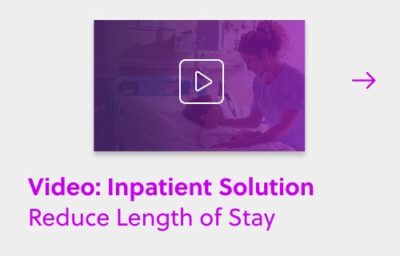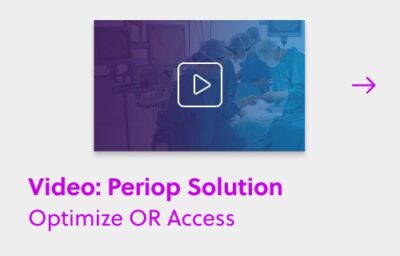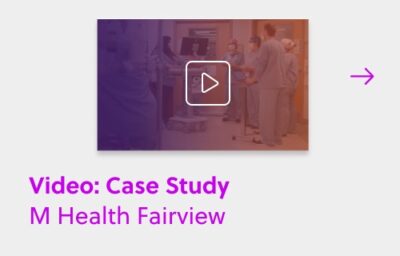This blog post is part of the Supercharging Perioperative Growth Series. To read the first installment in the series, click here.
By Mudit Garg, Co-Founder & CEO
We’ve talked about how OR automation software enabled by artificial intelligence can help persuade surgeons to give up their unused block time early enough for it to be used by others, dramatically increasing OR utilization. How can these same AI capabilities help surgical departments identify the best candidates to take over a given slot, extend invitations to book the time, and track overall schedule patterns as surgeons’ practices evolve?
As I’ve noted, typical OR scheduling software can highlight unused block time on the department calendar with varying degrees of precision, but then what? Two possibilities:
1) At the surgical practice, a scheduler in search of a free slot manually clicks through screens and eyeballs the calendar for something suitable.
2) At the hospital, the OR scheduler reaches out to surgeons’ practices by phone or email, hoping to find procedures in need of a slot.
Either way is generally first-come, first-serve; for instance, there’s no guarantee that a room with a surgical robot is prioritized for robotic procedures. It’s also largely manual. And it doesn’t lend itself to a strategic approach: the hospital may be seeking to grow its orthopedic service line, for example, but it has no easy way to prioritize adding the highest value orthopedic procedures when it has open OR time.
OR software enabled by advanced machine learning (a category of AI) and behavioral science, can cut through all of these hitherto manual processes. It can account for many variables at once: which surgeons favor Tuesday mornings or typically need longer surgery times, which ones need the robotic room, how many days of lead time each surgeon typically needs, how often a surgeon starts procedures late, which surgeons perform the procedures that represent the highest value to the hospital. It can hold and analyze more information than even the most experienced human scheduler.
This analysis allows the system to identify the optimal surgeon for a particular slot and automatically reach out to their scheduler, much as an online retailer can look at buying habits across millions of customers and recommend products with sometimes eerie accuracy. If that surgeon can’t use the slot, the scheduler clicks “No thanks” and the system moves to the next one on its list. No more hit-or-miss, no more first-come, first-serve, no more manual calling to find a case.
The system can also offer to find another open slot for a procedure the scheduler needs to book, saving the trouble of a separate search. And each time a surgeon’s scheduler clicks “I’ll add a case,” “No, thanks,” or “Find another slot,” that information adds to the system’s knowledge base and improves its next round of recommendations.
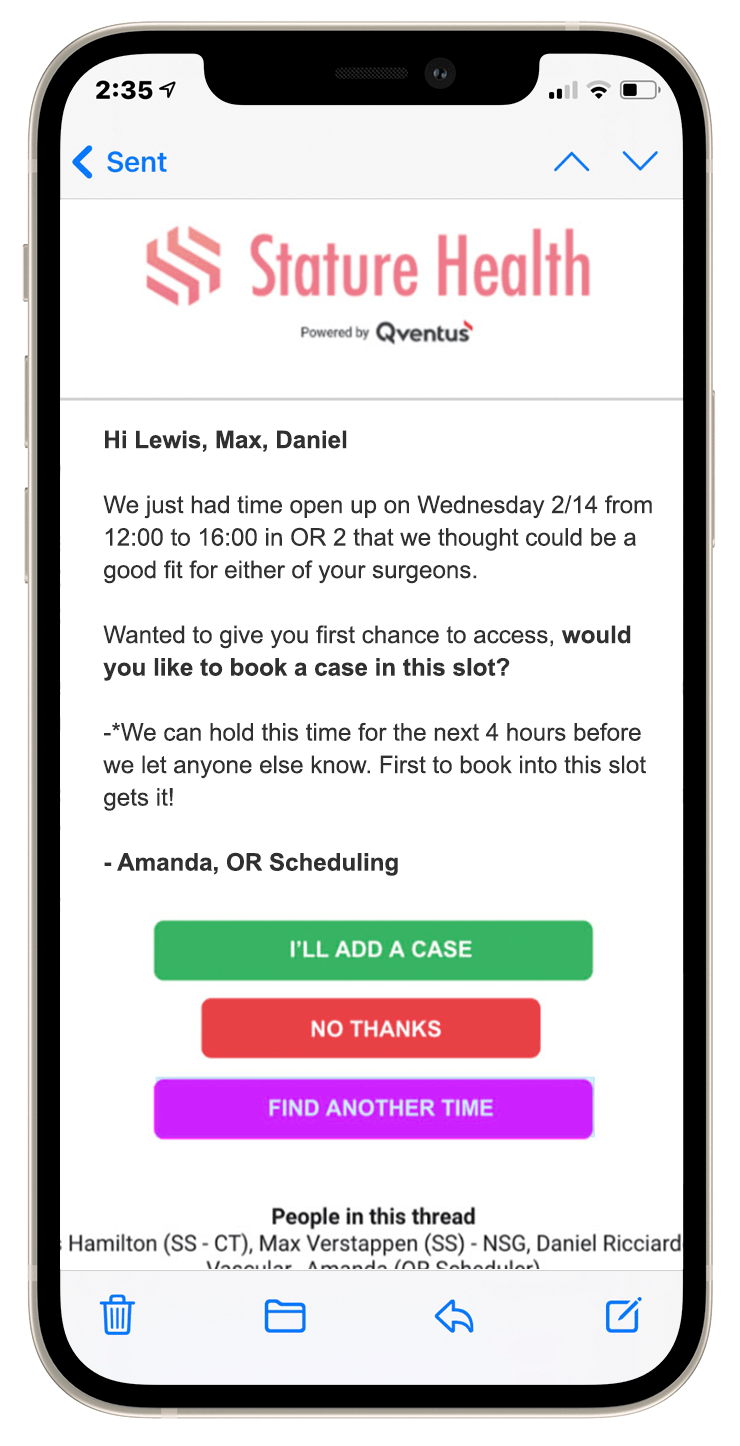
Surgeons’ schedulers can also tap into the system via a search function that works like an online travel booking site that brings up the best flight options within seconds. They enter multiple search criteria (time of day, case type, length of procedure, room type, preferred location) and receive a list of slots that are the best fit.
Especially for independent practices, when it’s this easy for surgeons’ schedulers to find available OR time, they’ll turn first to the hospital using this software, and save themselves the tedium of calling other facilities. In a competitive market, it gives the hospital a distinct advantage when it matters most — right at the time of booking.
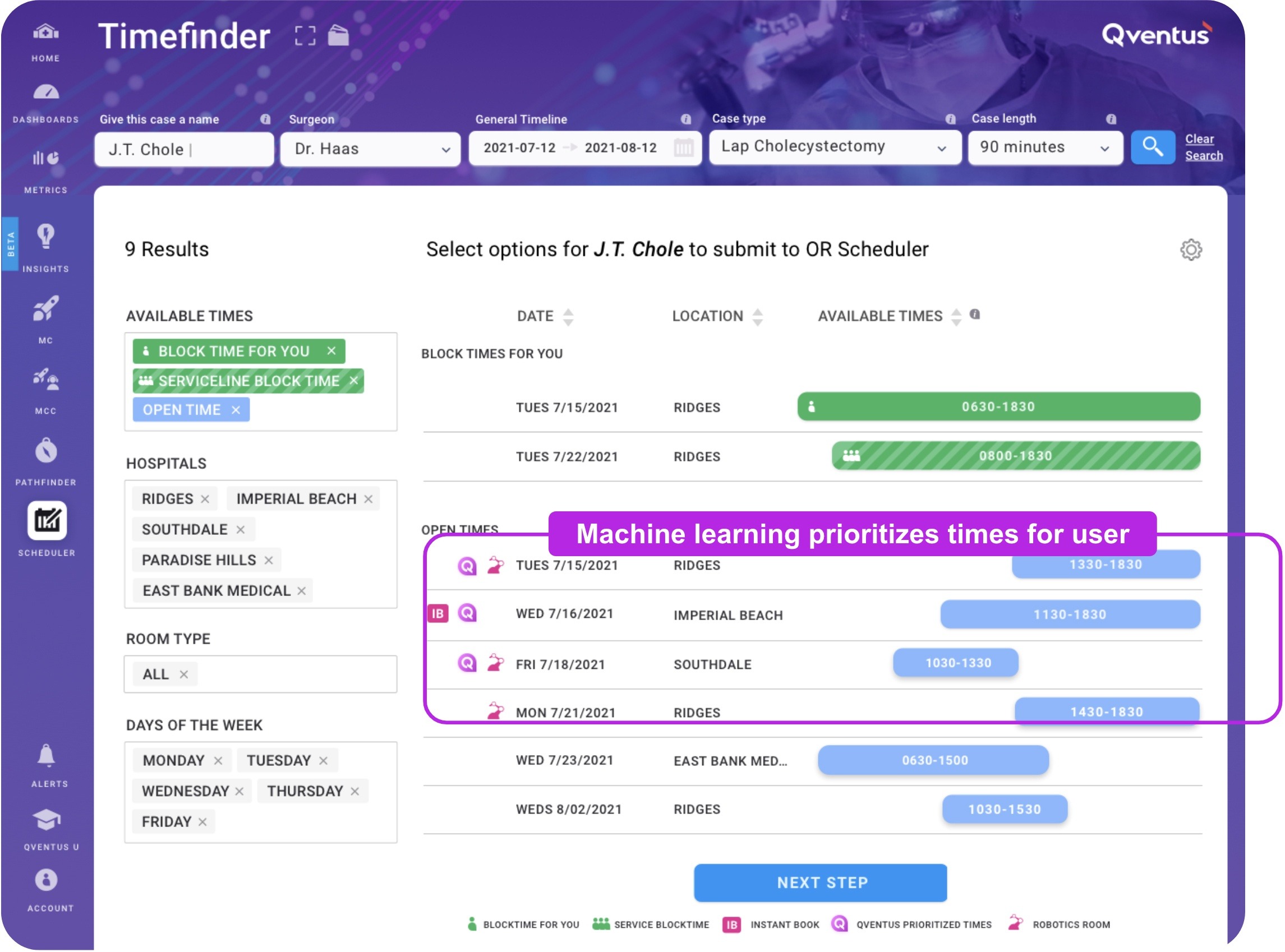
These automation capabilities enable surgical departments to grow revenues in a strategic manner that was never before possible. Hospitals are typically able to book over 50% of released OR time and add more than 2 cases per OR per month, boosting revenue by up to $10 million revenue for a single facility.
With this level of optimization in place, many hospitals will find they have liberated enough OR time to accommodate more surgeons and strategic procedures. In the next post, we’ll explore how to “grow the pie.”
To learn more about how you can move beyond manual OR processes and use automation to drive strategic growth, download a complimentary copy of our white paper: The New Perioperative Growth Playbook: Six Winning Strategies Using Automation.
